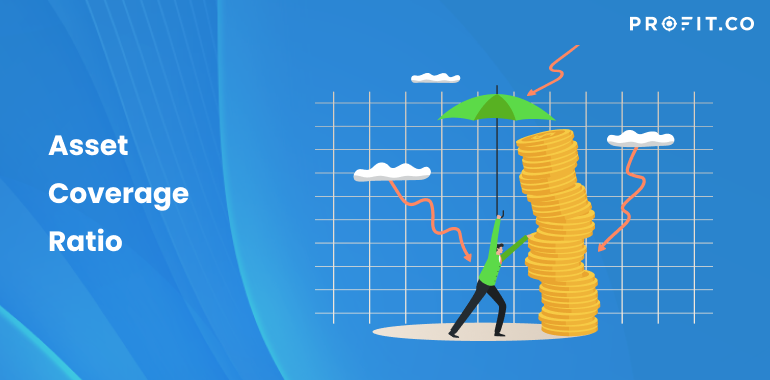This article covers the far-reaching topic of the asset coverage ratio. We’re talking about a risk measurement whose aim is to calculate a company’s capability of repaying its debt, by selling its existing assets. So, thanks to this ratio, investors can determine how many assets are necessary for paying down any existing debt obligations. As a rule of thumb, companies have three primary sources of capital – namely debt, equity, as well as retained earnings.
Defining the Asset Coverage Ratio
As an equity investor, you are one of the company’s owners. Essentially, if a business doesn’t generate sufficient profit, investors can’t benefit from getting any returns on their investments. Nonetheless, debt investors have to be paid interest – and in some cases, principal – on a regular basis, regardless of the conditions.
Now, if a company isn’t profitable, the management might require selling part of the firm’s assets to pay debt investors. In order to get a general sense of the worth of the assets, one must use the asset coverage ratio formula.
Concurrently, financial analysts utilize this ratio in an attempt to evaluate a company’s financial stability, capital management, and the approximate risk level of investing in the company. Typically, the higher the ratio, the more beneficial it is – specifically from an investor’s point of view. This would mean that the number of assets outnumbers the number of liabilities.
What is the Formula for the Asset Coverage Ratio?
In regard to the formula for the asset coverage ratio, it is the following:
This information should be easily located on each company’s balance sheet – which is an annual report. In some cases, you might need to look at the notes to accounts sections in order to get the split of specific items in the formula.
More specifically, the total assets include the combination of tangible and intangible assets in a company. This is the value from which you have to remove the intangible assets. Moving on, you should add the current liabilities. From the value you get, you should reduce the short-term debt.
Analysis
As a rule of thumb, if the asset coverage is higher than 1x, this is a good sign. Nonetheless, the industry plays a part in the equation, meaning that this could change depending on your industry. For example, when it comes to utility companies, a ratio ranging from 1.0-1.5x is acknowledged as being healthy. Moreover, in the case of capital goods companies, a ratio ranging between 1.5-2.0x is a norm. It’s worth arguing that analysts don’t assess a ratio on a standalone basis. More specifically, they compare the ratios over a given period.
Final Thoughts
On a final note, analysts should avoid overinterpreting a specific ratio. In order to get a clear picture of a company’s financial health, the owner / manager should investigate a combination of financial ratios, such as the debt service ratio, debt / equity ratio, and so on.
